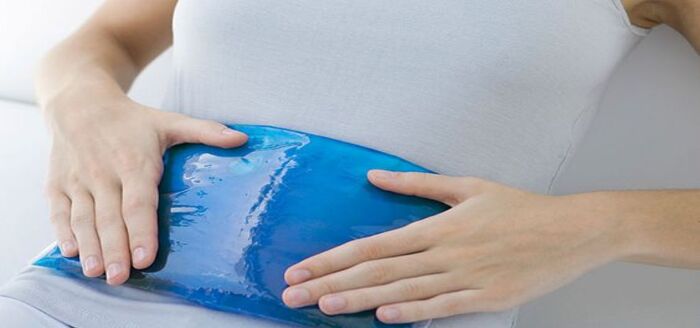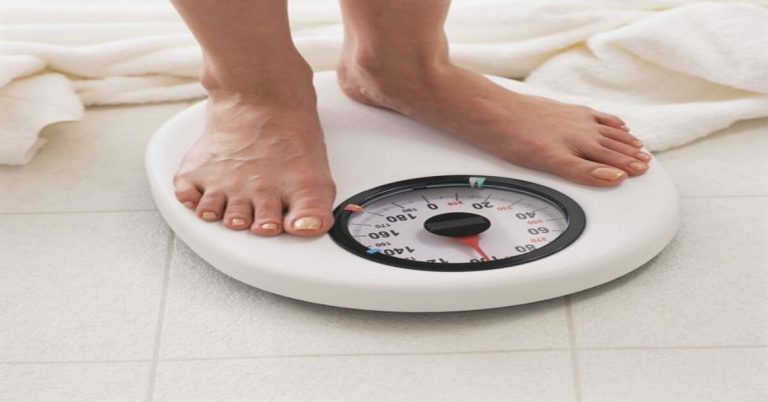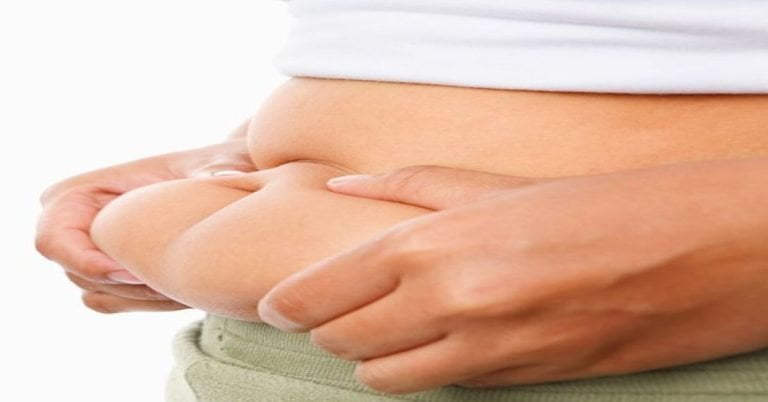Is a sauna beneficial for Weight Loss? (Possible Pros & cons)
Your body reacts to the high temperatures in a sauna by sweating, which causes temporary weight loss mostly from the release of water weight. Saunas are frequently commended for their capacity to promote well-being and relaxation, but there is growing interest in the possible effects they may have on weight and fat loss. Similar to the impact of light exercise, this procedure also raises the heart rate.
In addition to the immediate loss of body weight, regular spa use can aid in weight loss by improving heart function in general. According to research, frequent sauna use can strengthen cardiac function, which may enable a healthier way of life and promote long-term weight control. Infrared saunas can help people lose weight, but they should only be used with a balanced diet.
Is a sauna beneficial for weight loss?
Sweating in a sauna might help you temporarily lose weight by causing you to lose water weight. Spas’ high temperatures have the potential to raise heart rates as well, simulating the effects of light exercise. Any weight loss that does occur in a steam room, though, is usually brief and mostly due to fluid loss.
Regular bathhouse usage may indirectly assist with weight control by encouraging relaxation and increasing cardiovascular health, both of which may motivate an active lifestyle. Nevertheless, for long-term weight loss and general health advantages, spa use should be seen as an addition to a healthy diet and consistent exercise for long-term health advantages.
Saunas and their types

Saunas are heat therapy chambers with high temperatures intended to encourage well-being and relaxation. Indoor saunas come in a variety of forms, each providing a distinctive experience.
- Conventional saunas: Conventional saunas generate dry heat using an electric burner or by burning stones. Typically, people toss water over the pebbles to create steam.
- Infrared saunas: These create heat by emitting infrared light using infrared heaters, which the skin absorbs. In comparison to traditional saunas, they function at lower temperatures.
- Steam rooms: These make use of steam generator-produced moist heat. Compared to traditional saunas, the moisture levels are higher, and clients usually sit in enclosed areas.
Every kind provides different experiences and possible health advantages, including cleansing, better circulation, and relaxation.
See more: How to Use a Sauna Effectively? (For Relaxation, Recovery, and Weight Loss)
Pros and cons of sauna for weight loss

These are the benefits and drawbacks of sauna use for weight loss, divided into reasonable steps:
Advantages:
- Water weight loss: Sweating during a sauna session causes one to lose water weight, which might temporarily lower body weight.
- Enhanced calorie expenditure: Although there is not much direct calorie burning in steam rooms, there may be a small increase in calorie burning due to the increased heart rate and better circulation.
- Relaxation and anxiety reduction: Saunas help people relax and reduce stress, which can help them lose weight by decreasing stress-related eating and enhancing their general well-being.
- Improved circulation: Using a sauna can improve circulation and blood flow, which may help deliver nutrients to tissues and muscles and perhaps boost muscular growth and restoration after exercise.
Drawbacks:
- Dehydration: If sufficient fluids are not replaced after excessive sweating in steam rooms, dehydration may result. Both general health and physical performance can suffer from dehydration.
- Temporary weight loss: The main cause of the weight loss that occurs in spas is the loss of water. Regaining lost water weight happens soon after rehydrating.
- Risk of overheating: Extended exposure to high temperatures in spas can result in overheating, which can induce heatstroke, vomiting, or dizziness, particularly in pregnant women or people with certain medical problems.
- Not a replacement for exercise: Saunas can help people lose weight, but they can’t replace regular physical activity and a healthy diet.
Infrared use must be done with caution and moderation, especially in light of personal health concerns and limits. Before beginning a steam room routine, it is best to speak with a doctor, especially if you have any underlying medical concerns.
The Role of Heat in Sauna Rooms
Saunas work by using heat to increase body temperature and induce perspiration. Low humidity and temperatures between 150°F and 195°F are normal in a conventional Finnish-style sauna. Some individuals believe that this dry heat aids in the body’s cleansing process and encourages heavy perspiration.
Mechanisms of Weight Loss in Saunas

There are many phases involved in the mechanisms behind weight loss in saunas:
- Exposure to heat: The high temperature in a sauna raises your body temperature.
- Elevated heart rate: The heat causes a rise in heart rate that is comparable to the effects of mild exercise. The increased heart rate causes the level of blood circulation to rise.
- Sweating: The high temperature triggers your sweat glands, causing you to perspire excessively. Your body releases perspiration as a way to cool down, and it contains water and traces of minerals.
- Water loss: Sweating causes your body to lose water, which might cause temporary weight loss. The loss of body weight is the main cause of this first weight drop.
- Calorie expenditure: Although there is not much direct calorie burn by sitting in a steam room, there may be some indirect calorie expenditure due to raised heart rate and circulation. However, in comparison to other types of exercise, the burned calories are typically not large.
- Possible long-term effects: Regular spa usage can improve heart function, which may have an indirect impact on weight loss. Regular spa use has been linked to improved heart health, which may encourage an active lifestyle and help with long-term weight control.
It’s critical to remember that, even though saunas might help people lose weight temporarily by reducing water retention and perhaps burning calories, a healthy diet and regular exercise are still essential for long-term weight control and general health.
Optimizing Sauna Use of Exercise and Diet
Regular bath use can have significant beneficial effects on your diet and level of fitness. By encouraging relaxation and promoting muscular repair, spa use, when planned carefully, can help with post-exercise recovery.
For the best outcomes:
- Exercise: To maximize heart benefits, engage in moderate-to-intense physical exercise before bathhouse visits.
- Diet: Make sure you have a balanced diet full of vital nutrients to support your body appropriately, especially when adding thermal sessions to your routine.
Staying hydrated is still crucial. Drink water both before and after a sauna session to help prevent fluid loss.
Practical Tips for Including Sauna in Your Weight Loss

Useful advice for adding sauna sessions to your weight reduction routine:
- Hydration: To prevent dehydration, sip lots of water both before and after infrared sessions.
- Consistency: To optimize the possible advantages of weight reduction, try to go to the spa regularly.
- Post-exercise use: Use the steam room after working out to help with relaxation and muscle recovery.
- Moderation: To avoid being too hot or dehydrated, don’t spend too much time in the bathhouse.
- Balanced approach: For long-term weight loss, consider spa use as an addition to a healthy diet and regular exercise.
- Consultation: Before beginning infrared sessions, see a doctor if you suffer from any health issues or medical disorders.
Conclusion
Sauna use has the potential to help people lose weight, although more so through short-term water reduction than substantial long-term fat loss. A complete fitness program that includes regular exercise and a healthy diet can benefit from the increased heart rate and calorie burn linked to spa use, as well as possible changes in lipid levels and metabolism.
Beyond helping people lose weight, baths may also improve cardiovascular health, reduce stress, and improve pulmonary function. However, some of these advantages need to be further studied for verification. But to prevent hazards like dehydration, overheating, and aggravating pre-existing heart conditions, it’s imperative to use spas carefully.
See more: DO YOU SWEAT MORE IN A SAUNA OR STEAM ROOM?
FAQs
The most frequently asked questions are given below:
Can saunas provide an effective weight-loss result?
Because of the decrease in water weight, spas may help people lose weight temporarily. In addition to increasing heart rate, heat can also aid in increasing calories burned. Other approaches to weight loss, nevertheless, work better. If someone wants to reduce weight, they should speak with their doctor.
Do saunas burn belly fat?
Although using a steam room can reduce water weight and burn calories, which is helpful in weight loss generally, there isn’t much data to support its ability to reduce belly fat, particularly.
Does sweating burn fat?
It needs more than just sweat to burn fat. When the body consumes fewer calories than it needs, a deficit in calories is produced, which leads to the body burning fat stores for energy and causing fat loss. Sweat has no direct impact on fat loss; it is only a result of the body’s thermal regulation mechanism.
See more: How much weight can you lose in the sauna? (Myth vs. Reality)





